
Staying healthy is a basic human need because all our physical, mental, and emotional needs depend on it. However, while staying in top shape costs only a few dollars for some, it costs a fortune for others. Some medications cost millions for a single dose or a year’s supply. We’ll tell you about ten of them below.
Hemgenix ($3.5 million per dose)
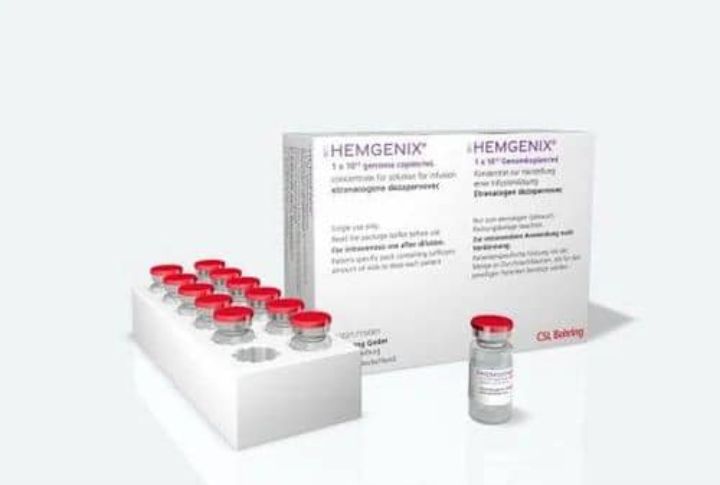
Hemgenix is the brand name for the drug Etranacogene dezaparvovec, gene therapy for hemophilia B. Hemophilia B is an inherited bleeding condition induced by the insufficiency of factor IX (a protein in your blood that helps it clot). The drugs can only be administered once, and to be eligible to receive them, you must first be tested for factor IX inhibitors.
Skysona ($3 million per dose)
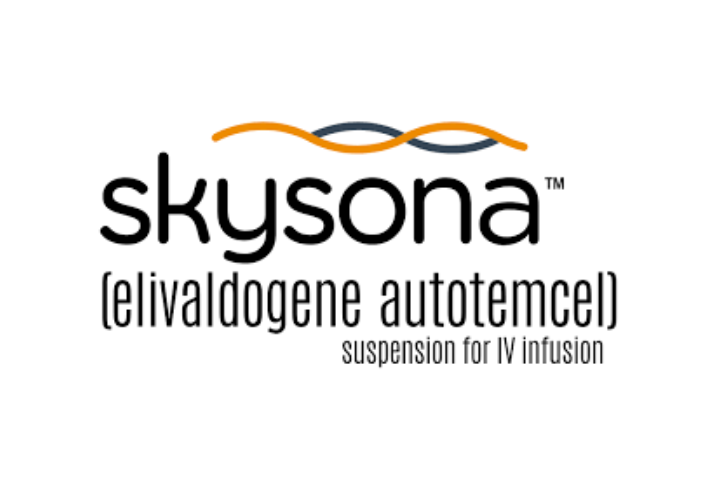
Every patient who receives Skysona gets a special dose made using their own blood stem cells. It is for the treatment of a neurodegenerative disease called cerebral adrenoleukodystrophy (CALD) that damages the nerve cell layer in the brain. This medication adds the ABCD1 gene’s functional copies to cells and helps the body break down the fatty build-up that causes the damage.
Zynteglo ($2.8 million per dose)
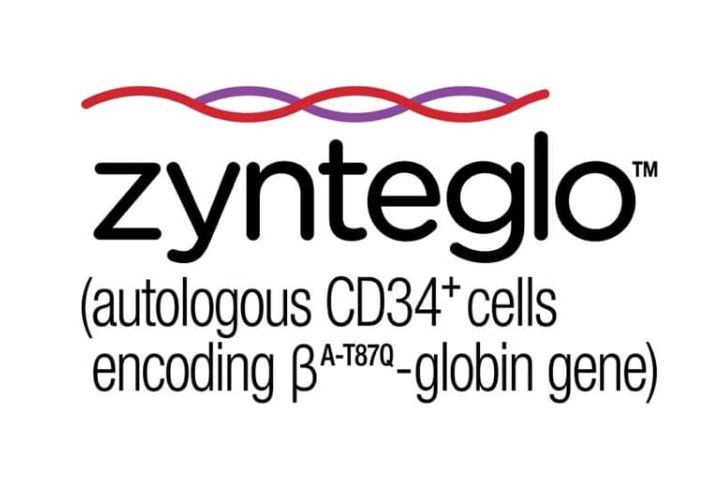
Zynteglo has been approved for medical use in the European Union and the United States. Even with its high price, it helps treat a range of adverse reactions, including nosebleeds, fever, and hair loss. It is also known as Betibeglogene autotemcel, and it is used for treating beta-thalassemia—a genetic blood disorder in which the body can’t make enough of a protein needed to produce hemoglobin.
Zolgensma ($2.1 million per dose)
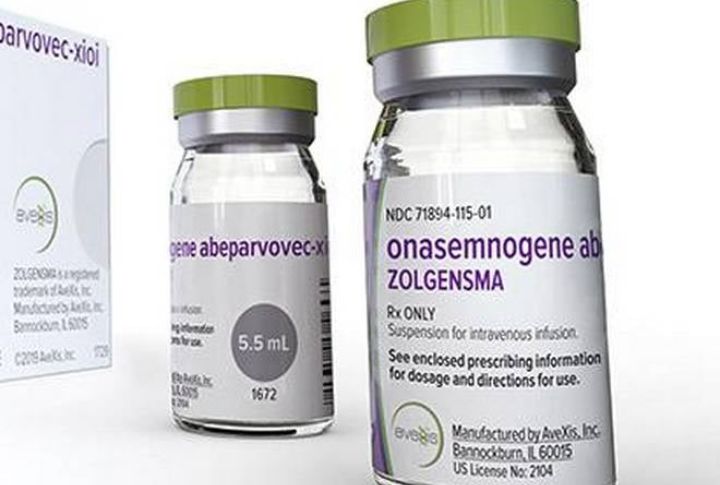
Onasemnogene abeparvovec is sold as Zolgensma. This drug is a gene therapy treatment for spinal muscular atrophy (SMA), a disease that causes children to lose muscle function. It is taken in the veins once and provides a new copy of the protein SMN-producing gene. This gene helps keep specific nerve cells called motor neurons healthy and functioning correctly.
Myalept ($930 thousand per annual supply)
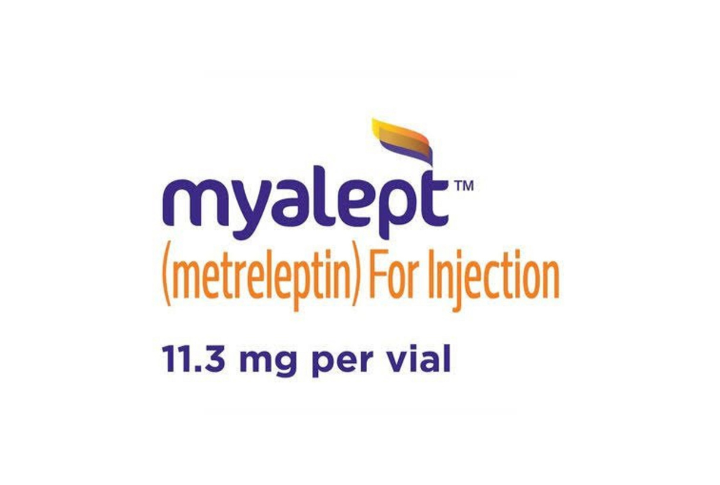
Metreleptin—branded as Myalept—is approved for metabolic disorders (like glycemic control) in Japan. In the US, it’s used to treat the complications of leptin deficiency with a doctor-recommended diet. Myalept is available through a restricted program in America, and your doctor can’t prescribe it to you if they aren’t enrolled and certified in the program.
Zokinvy ($1.07 million per annual supply)
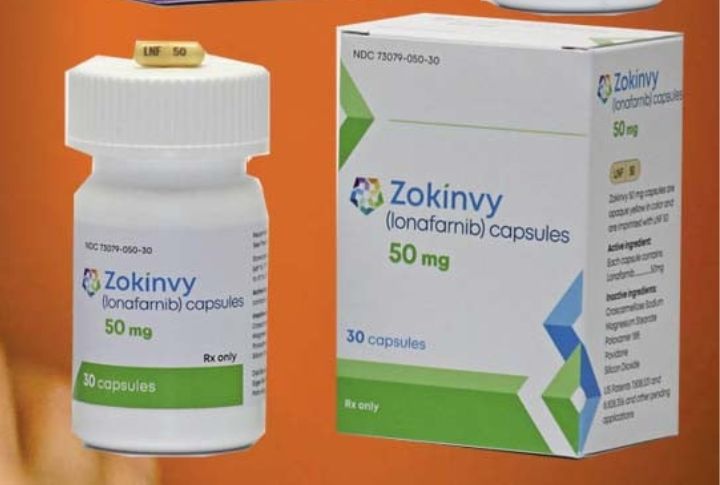
People who face the risk of death because of Hutchinson-Gilford progeria syndrome depend on Lonafarnib, also known as Zokinvy, to reduce rapid aging. It’s only administered to people who are above one year and mostly when they have some processing-deficient progeroid laminopathies—a group of rare genetic disorders that cause premature aging.
Danyelza ($1.01 million per annual supply)
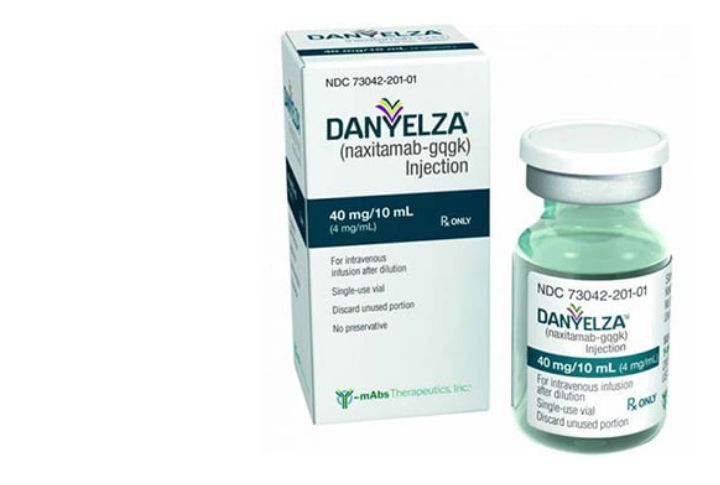
Danyelza—also Naxitamab—is used alongside granulocyte-macrophage colony-stimulating factor (GM-CSF) to treat neuroblastoma, a cancer in children from immature nerve cells in several body areas. This medication is also administered to people one-year-old or older. Doctors are yet to find out if this anti-cancer prescription medication can work for or is safe for children below this age.
Kimmtrak ($976 thousand per annual supply)
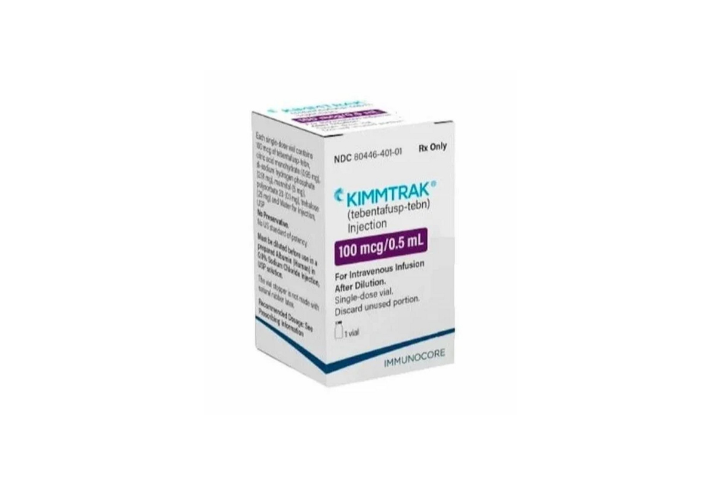
Eye cancer is treated with Tebentafusp under the brand name Kimmtrak. The first-in-class medication is given directly into the veins, and among its many side effects are swelling, fatigue, rash, and chills. It is for HLA–A*02:01–positive adults whose eye cancer has spread or can’t be removed by surgery. The HLA-A*02:01 is an immune system gene that helps the body recognize and respond to foreign substances.
Luxturna ($850,000 per dose)
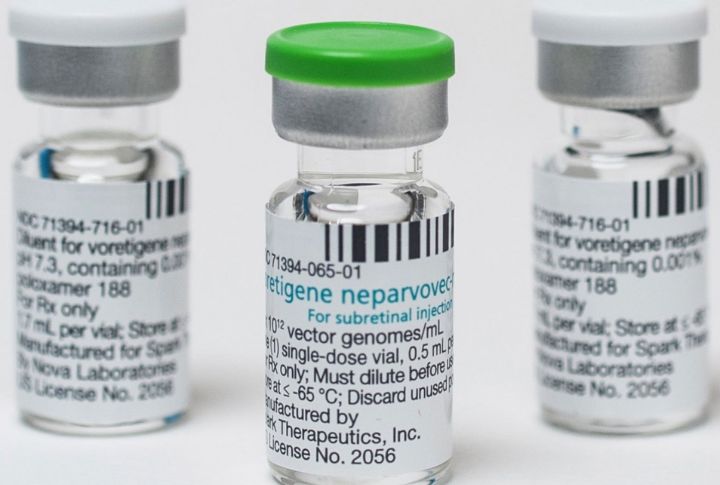
There is a gene therapy medication for treating Leber congenital amaurosis known as Voretigene neparvovec, or its market name, Luxturna. Leber is a rare inherited eye condition that leads to severe vision loss at birth or shortly after. Luxturna is administered as a sub-retinal injection and is not the condition’s cure but boosts vision in those treated with it.
Folotyn ($842,585 per dose)
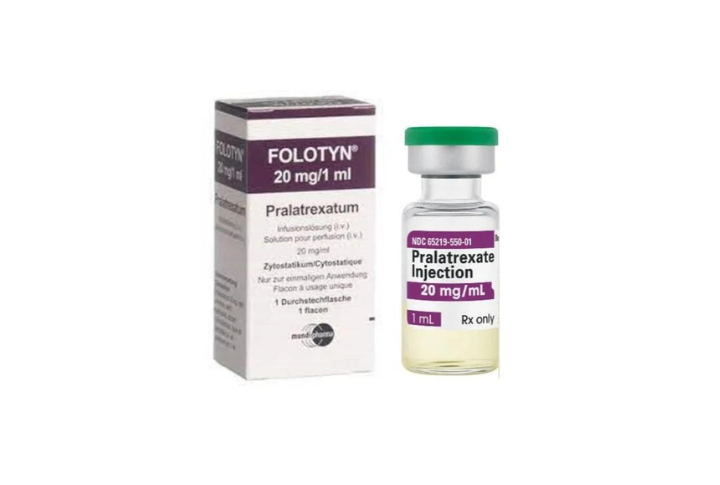
The final drug on this list is Pralatrexate, branded as Folotyn. This medication, which has been approved for medical use in the US since 2009, is for treating refractory or relapsed peripheral T-cell lymphoma—a type of non-Hodgkins lymphoma—cancer of the lymphatic system. Some side effects are severe skin reactions and liver toxicity.

Comments
Loading…